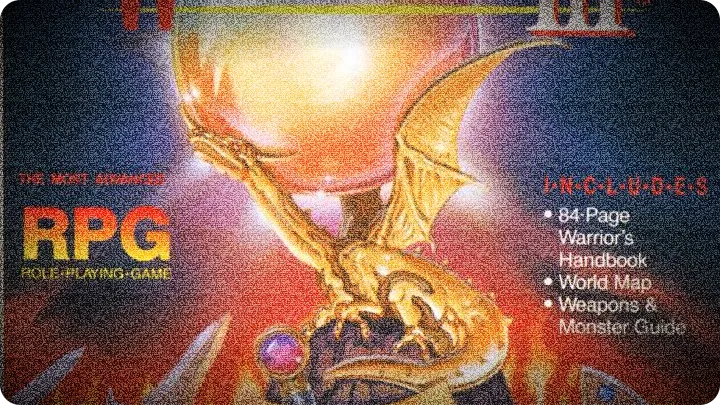 The cartridge clicks into place and the title screen hums. That orchestral sting from Sugiyama already makes the hair on my neck stand up. Fun fact before we dive in: Enix published this one, while Chunsoft developed it under Koichi Nakamura, using Yuji Horii’s design. Akira Toriyama did the character art, so the monsters and towns look like they walked off the pages of a Sunday manga. Sugiyama’s score gives even a sleepy village a sense of destiny.
The cartridge clicks into place and the title screen hums. That orchestral sting from Sugiyama already makes the hair on my neck stand up. Fun fact before we dive in: Enix published this one, while Chunsoft developed it under Koichi Nakamura, using Yuji Horii’s design. Akira Toriyama did the character art, so the monsters and towns look like they walked off the pages of a Sunday manga. Sugiyama’s score gives even a sleepy village a sense of destiny.
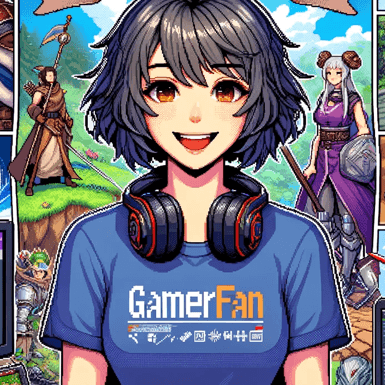 I love that the credits read like a dream team. We are loading up the party screen now. I notice the day-night cycle shifting as we walk. The sky on the overworld looks different from our last pass, and towns are shutting their doors. It is a small touch, but it makes the world feel lived in. It also forces you to plan. If you arrive at night you cannot buy armor. Wandering around at 2 a.m. means more dangerous encounters.
I love that the credits read like a dream team. We are loading up the party screen now. I notice the day-night cycle shifting as we walk. The sky on the overworld looks different from our last pass, and towns are shutting their doors. It is a small touch, but it makes the world feel lived in. It also forces you to plan. If you arrive at night you cannot buy armor. Wandering around at 2 a.m. means more dangerous encounters.
 Gameplay-wise, the first thing that stands out is the freedom to recruit and then reshuffle party members. We start alone, then hire three companions of various classes—soldier, merchant, goof-off, pilgrim, wizard, fighter—and that job system is the heart of the game. The risk-reward of prestige switching at level 20—where a character loses their experience and half their stats but keeps learned abilities—is bold. It encourages experimentation; we just turned our merchant into a sage and suddenly he casts spells that complement his high gold-finding knack.
Gameplay-wise, the first thing that stands out is the freedom to recruit and then reshuffle party members. We start alone, then hire three companions of various classes—soldier, merchant, goof-off, pilgrim, wizard, fighter—and that job system is the heart of the game. The risk-reward of prestige switching at level 20—where a character loses their experience and half their stats but keeps learned abilities—is bold. It encourages experimentation; we just turned our merchant into a sage and suddenly he casts spells that complement his high gold-finding knack.
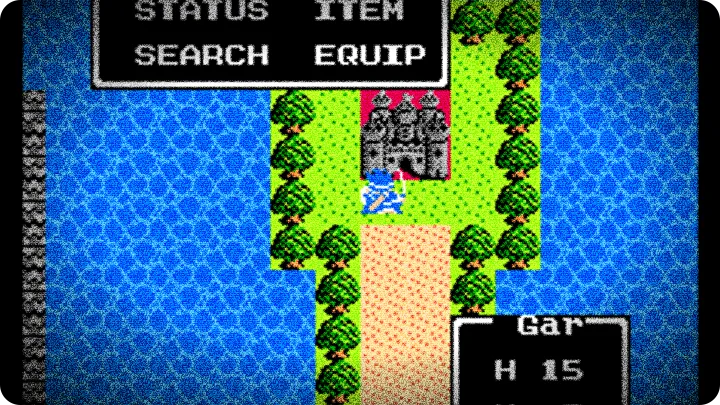
 Combat is classic turn-based fare but with satisfying weight. Physical hits feel crunchy; spells have a tangible presence. Random encounters are frequent, which will frustrate some players, but each battle gives a clear sense of progression. You can feel every level tick on the HUD. The map design sends you through caves, castles, and howling plains with puzzles that are rarely obtuse, but occasionally require backtracking—now and then the pacing stumbles because of that.
Combat is classic turn-based fare but with satisfying weight. Physical hits feel crunchy; spells have a tangible presence. Random encounters are frequent, which will frustrate some players, but each battle gives a clear sense of progression. You can feel every level tick on the HUD. The map design sends you through caves, castles, and howling plains with puzzles that are rarely obtuse, but occasionally require backtracking—now and then the pacing stumbles because of that.
 Let us share a few hot tips while we grab a potion mid-battle. These are things you wish you knew earlier.
Let us share a few hot tips while we grab a potion mid-battle. These are things you wish you knew earlier.
- Hire early and often: you can swap party members at inns. Try recruits of every class to find synergies.
- Switch classes deliberately: get a character to level 20, then change class to unlock long-term power. Yes, you lose some stats, but future growth is multiplied by retained skills.
- Manage day/night: shops close at night. If you need gear or spells, time your travel—save a trip to the capital until morning.
- Use the merchant early: their item-finding can be worth more than their combat for a while, allowing you to buy better equipment sooner.
- Back up saves before big dungeons and before attempting class resets; the battery-backed save is a blessing but not infallible after long sessions.
 The most memorable moments so far: finding Ortega’s sword in that fogged cave felt cinematic, despite the blocky graphics. The townspeople’s lines—short and occasionally cryptic—give you breadcrumbs that matter. One small anecdote: we spent a half hour trudging through a desert because the map direction arrow is subtle and we refused to check a walkable tile. When we finally found the hidden shrine, the enemy hit us with a sleep spell and the whole party shuffled in their chairs like we forgot to feed them coffee.
The most memorable moments so far: finding Ortega’s sword in that fogged cave felt cinematic, despite the blocky graphics. The townspeople’s lines—short and occasionally cryptic—give you breadcrumbs that matter. One small anecdote: we spent a half hour trudging through a desert because the map direction arrow is subtle and we refused to check a walkable tile. When we finally found the hidden shrine, the enemy hit us with a sleep spell and the whole party shuffled in their chairs like we forgot to feed them coffee.
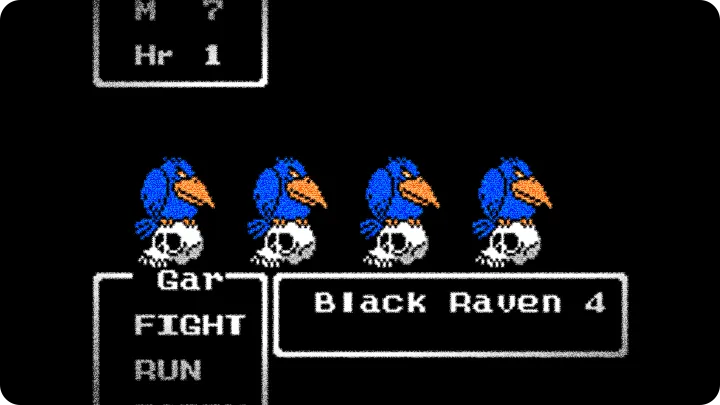
 I will never forget the first time we faced a mid-game boss: Baramos’ lieutenant is a lesson in preparation. We underestimated his multi-target spells and paid for it with a revival potion shortage. After regrouping, we adjusted tactics: two tanks up front, a sage for spells, and our fighter swinging hard. The final boss—Baramos himself—is a layered fight. He arrives in forms, each with different resistances and attacks. It is less a button-mashing climax and more a chess match where MP management and status cures are crucial. There is real satisfaction when the last HP bar collapses and the overworld music reasserts itself.
I will never forget the first time we faced a mid-game boss: Baramos’ lieutenant is a lesson in preparation. We underestimated his multi-target spells and paid for it with a revival potion shortage. After regrouping, we adjusted tactics: two tanks up front, a sage for spells, and our fighter swinging hard. The final boss—Baramos himself—is a layered fight. He arrives in forms, each with different resistances and attacks. It is less a button-mashing climax and more a chess match where MP management and status cures are crucial. There is real satisfaction when the last HP bar collapses and the overworld music reasserts itself.
 For all its moments of brilliance, the game shows its age in a few places. Random encounters can feel punitive, especially when you are low on supplies. The save points and overall pacing mean some dungeons become endurance tests. Also, the interface is utilitarian; inventory management is text-based and sometimes slow. These are manageable frustrations, but they prevent the experience from feeling seamless.
For all its moments of brilliance, the game shows its age in a few places. Random encounters can feel punitive, especially when you are low on supplies. The save points and overall pacing mean some dungeons become endurance tests. Also, the interface is utilitarian; inventory management is text-based and sometimes slow. These are manageable frustrations, but they prevent the experience from feeling seamless.
 To be candid, the game’s strengths—deep class mechanics, memorable art, and a score that elevates every village—outweigh its rough edges, but it is not flawless. If you play with patience and a willingness to tinker with party compositions, the strategic depth reveals itself and rewards you. If you are looking for a modern, streamlined RPG, you will find the older design rhythms here more demanding.
To be candid, the game’s strengths—deep class mechanics, memorable art, and a score that elevates every village—outweigh its rough edges, but it is not flawless. If you play with patience and a willingness to tinker with party compositions, the strategic depth reveals itself and rewards you. If you are looking for a modern, streamlined RPG, you will find the older design rhythms here more demanding.
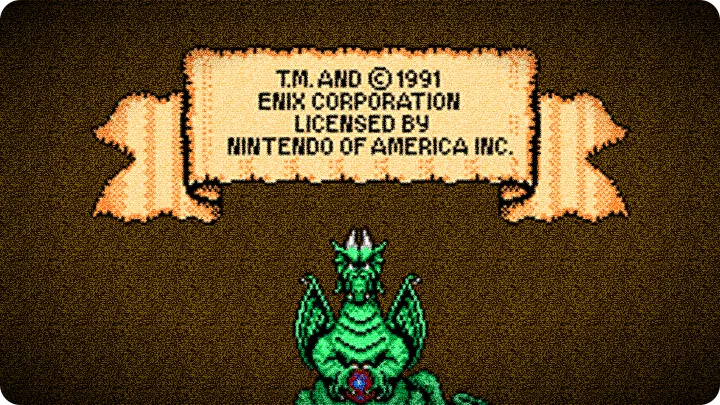
 We save after the credits start to roll and I am left smiling despite the occasional grind. The narrative ties back to Erdrick nicely; the sense of legacy motivates exploration. If you want a game that asks you to plan, experiment, and accept the occasional unfair random encounter, Dragon Warrior III delivers a satisfying, if occasionally stubborn, adventure. Now, blow on the cartridge and let us try a new class reset—this time we aim to build a warrior who can cast while swinging a flail.
We save after the credits start to roll and I am left smiling despite the occasional grind. The narrative ties back to Erdrick nicely; the sense of legacy motivates exploration. If you want a game that asks you to plan, experiment, and accept the occasional unfair random encounter, Dragon Warrior III delivers a satisfying, if occasionally stubborn, adventure. Now, blow on the cartridge and let us try a new class reset—this time we aim to build a warrior who can cast while swinging a flail.
more info and data about Dragon Warrior III provided by mobyGames.com

